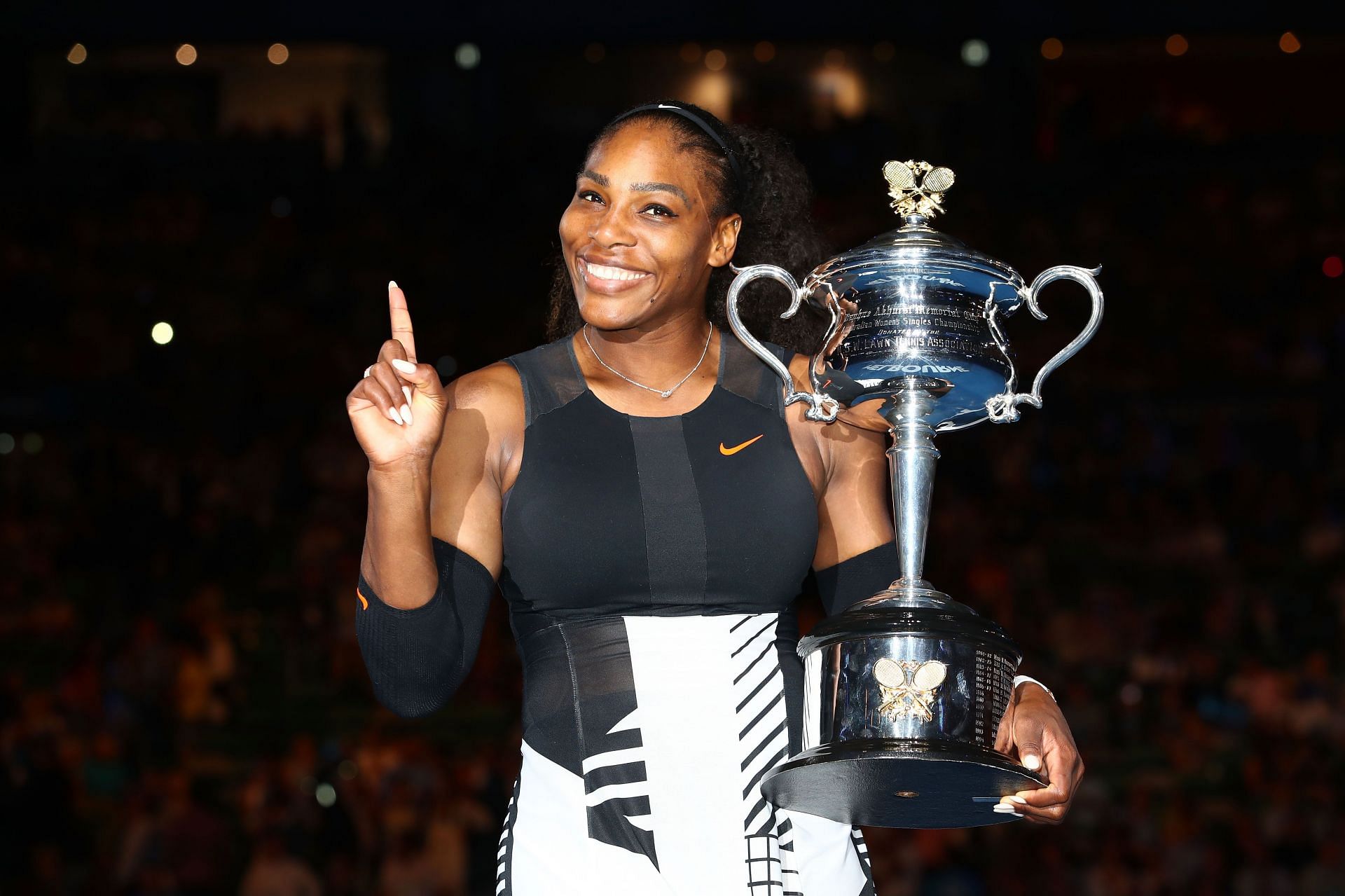
While Serena Williams has suffered a setback, history has shown it's unwise to count out the comeback queen

Serena Williams' withdrawal from the upcoming Australian Open has raised more questions about her future in tennis. She hasn't played since getting injured during her first-round match at Wimbledon this year.
However, Williams isn't in this position for the first time in her career. The American has battled various injuries, personal hardships and setbacks to come back even stronger than before to silence her detractors and demonstrate why she's one of the best to ever pick up a racket.
Following her win at the 2005 Australian Open, Williams suffered a series of injuries to end the season outside the top 10. 2006 wasn't any better, as she played just four tournaments over the course of the year. While physical injuries were a factor, the American revealed in her autobiography that during this time she was battling depression as well.
Serena Williams started the 2007 season ranked 95 and her aura of dominance had reduced considerably. Many had written off her chances of regaining former glory and even wrote an early obituary about her career. But the champion proved them wrong by reaching the Australian Open final, where she was up against Maria Sharapova.
The Russian, who was the next big thing in tennis, was heavily favored to win, while Williams was considered a champion past her prime who lucked her way into the final. Sharapova had already defeated the American at two big events in 2004 - the final at both Wimbledon and the WTA Finals.
While it may seem like calling Sharapova the favorite against Williams in the 2007 Australian Open final was ridiculous (their one-sided rivalry ended 20-2 in favor of Williams), at the time they were tied for two wins each. But the American defeated her younger rival convincingly and proved her doubters wrong.
As well as being a successful season, 2007 laid the foundation for a resurgence that lasted until 2010.
From 2008 onwards, Serena Williams won five Grand Slam titles in singles and doubles. Of her five doubles titles, she won four in a row to claim the number one ranking in doubles. She also won her second Olympic gold medal in doubles along with her second WTA Finals crown and ended the 2008, 2009 and 2010 seasons ranked number two, one and four, respectively.
However, after winning Wimbledon in 2010, she injured herself by stepping on a piece of glass and missed the remainder of the season. She later confirmed that she even had to deal with hematoma and a pulmonary embolism, both serious health issues.
The 2011 season saw Williams embark on another comeback, albeit a short one. Williams returned to action at Wimbledon, where she lost in the fourth round. She won a couple of titles during the North American swing, and even reached the final of the US Open, which she lost to Samantha Stosur. She ended the year ranked number 12.
To achieve this much after dealing with severe health issues would've been good enough for a lot of players, but not Serena Williams. After a slow start to the 2012 season, including her first ever opening round loss in a Grand Slam at Roland Garros, she had a major career renaissance.
Serena Williams was a dominant force in the women's game from 2012

The loss at Roland Garros was a catalyst - she posted a 33-1 record in the months after that and the reign of Serena Williams lasted from then until her triumph at the 2017 Australian Open, where she won her record-breaking 23rd Grand Slam title, while pregnant (only five people knew about the pregnancy at the time).
During this period she won ten Grand Slam titles, her first Olympic gold medal in singles and her third gold medal in doubles, another 23 WTA titles and posted a combined record of 287 wins against just 26 losses.
Williams went on maternity leave following her win at the Australian Open. She had to delay her return to the sport due to some complications while giving birth. But as she has proved time and time again, she can overcome any challenge thrown at her.
The American made another successful return to tennis, and since 2018 she has reached four Grand Slam finals and two semifinals. While she fell short of Grand Slam glory and missed equalling the all-time record held by Margaret Court of 24 Major titles, she has been competing well despite not being at her best physically.
That brings us to the present day. Does Serena Williams have it in her to make yet another comeback? History has shown us she most definitely can. But at the age of 40, after so much wear and tear, will her body allow it? one thing is for sure - her incredibly strong mindset will ensure she remains a fierce competitor through and through.
But the injury seems rather serious and so her future remains uncertain. Will she even make a comeback? Will she be able to play at her best? Everyone loves a happy ending, so to see her have a final hurrah by winning a Slam like Steffi Graf or Pete Sampras would be a worthy champion's send off for her.
But not many get to do that, unfortunately. What we can do is celebrate how she has transformed tennis over the last two decades by achieving so much and creating a legacy that extends far beyond the sport. Serena Williams doesn't have anything to prove, and that has been true for quite a while now.
Whether her farewell is on the horizon or not, it is time to appreciate her career and life, as the sport will never witness anyone like Serena Williams again.